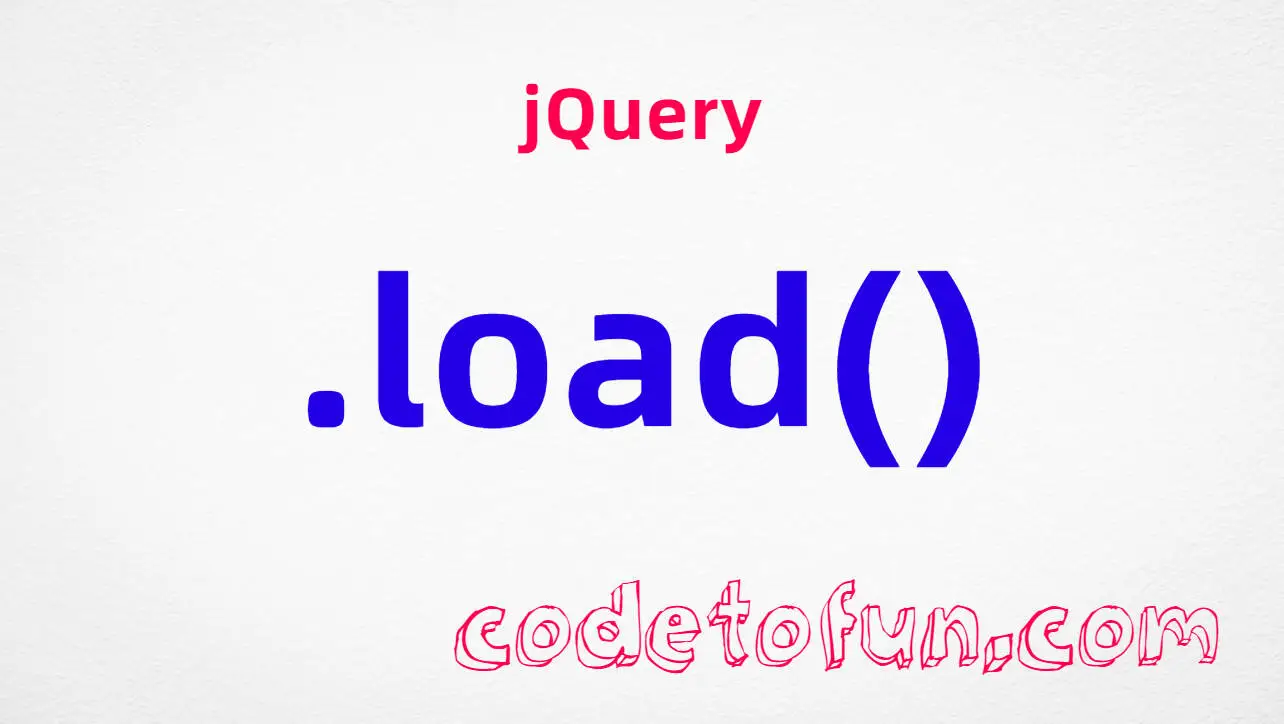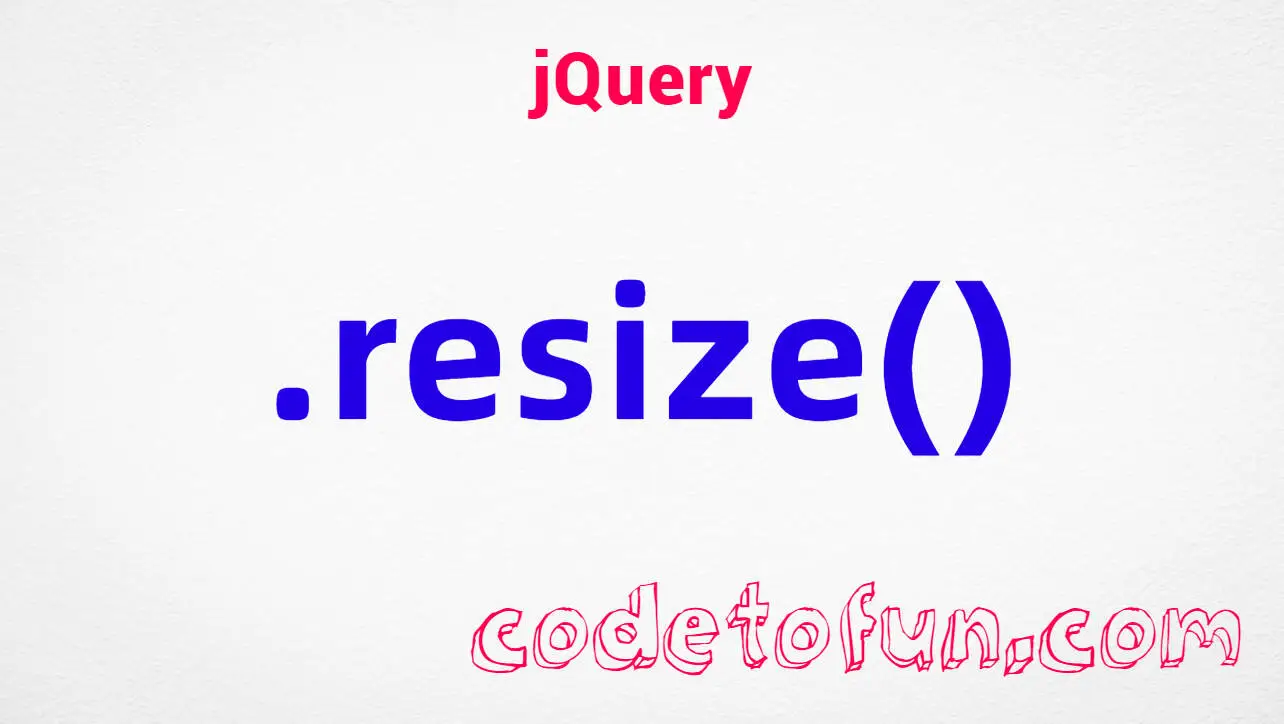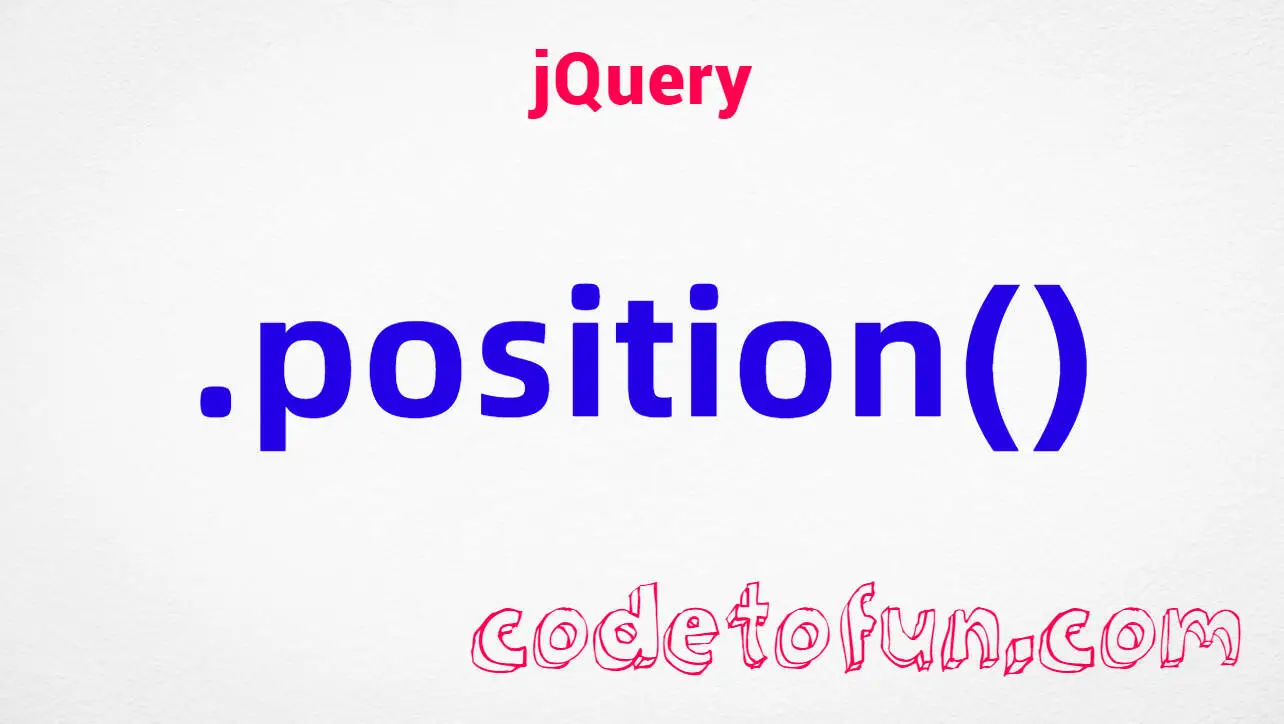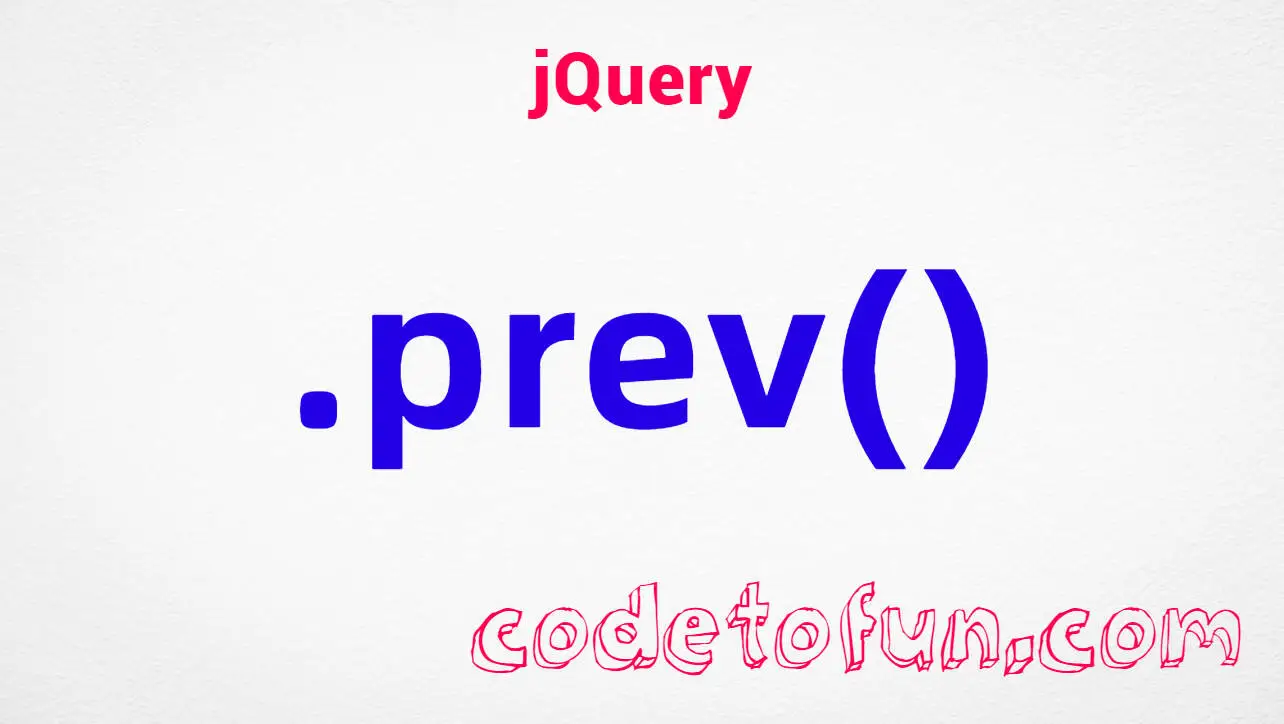
HTML Basic
HTML Entity
- HTML Entity
- HTML Alphabet Entity
- HTML Arrow Entity
- HTML Currency Entity
- HTML Math Entity
- HTML Number Entity
- HTML Punctuation Entity
- HTML Symbol Entity
HTML IndexedDB
HTML Reference
HTML Introduction

Photo Credit to CodeToFun
🤔 What is HTML?
HTML stands for HyperText Markup Language, and it is the standard markup language used to create web pages. HTML allows developers to create structured documents that are interpreted by web browsers, allowing the display of text, images, videos, and other types of content.
📄 Basic HTML Example
The following example will demonstrate how to create a simple HTML webpage with a heading and paragraph.
<!DOCTYPE html>
<html>
<body>
<h1>Peso Sign using Hexa Decimal: ₱</h1>
<p>Peso Sign using HTML Code: ₱</p>
<p id="point">Peso Sign using CSS Entity: </p>
</body>
</html>
💡 How Does HTML Work?
Being text-based, HTML tells the browser how to display all the various page elements like text, images and other multimedia, on an individual web page.
📖 Is HTML Easy to Learn?
HTML uses a simple syntax of tags and attributes to describe the content and its layout on a webpage. The basic concepts of HTML can be learned in just a few hours, and there are many online resources available to help you get started.
🤔 Which Type of Language Is HTML?
Markup languages are a type of computer language that uses tags to define elements within a document, such as text, images, hyperlinks, and other content. These tags are used to provide structure and formatting to the content, and are interpreted by web browsers to display the content on a webpage.
Other examples of markup languages include XML (eXtensible Markup Language), which is used to encode data in a structured format, and LaTeX, which is used for typesetting technical and scientific documents.
🤔 How Are HTML, CSS, and Javascript Related?
HTML is used to add text elements and create the structure of content. However, it is not enough to build a professional and fully responsive website. So, HTML needs the help of Cascading Style Sheets (CSS) and JavaScript to create the vast majority of website content.
CSS is responsible for stylings such as background, colors, layouts, spacing, and animations. On the other hand, JavaScript adds dynamic functionality such as sliders, pop-ups, and photo galleries. These three languages are the fundamentals of front-end development.
📚 HTML History
HTML (Hypertext Markup Language) was first developed in the late 1980s by a physicist named Tim Berners-Lee while working at the European Organization for Nuclear Research (CERN). The goal of HTML was to create a standard format for sharing documents across different computer systems and networks, which led to the development of the World Wide Web.
The first version of HTML, HTML 1.0, was released in 1991 and included basic formatting tags such as <h1> for headings, <p> for paragraphs, and <a> for links. HTML 2.0 was released in 1995, and introduced more complex formatting options, such as tables and forms.
HTML 3.2, released in 1997, included even more features such as frames, background images, and image maps. HTML 4.0, released in 1997, was a major upgrade that introduced Cascading Style Sheets (CSS) for more advanced layout and design options.
In 2000, HTML 4.01 was released as a minor update, and in 2008, HTML 5 was introduced. HTML 5 includes many new features such as audio and video support, new form controls, and improved accessibility. HTML 5 also introduced the concept of semantic markup, which allows developers to use HTML tags that describe the meaning of the content rather than just its appearance.
Today, HTML is the standard markup language used to create web pages and is supported by all major web browsers. The development of HTML continues, with ongoing efforts to improve its capabilities and make it easier to use.
👨💻 Join our Community:
Author

For over eight years, I worked as a full-stack web developer. Now, I have chosen my profession as a full-time blogger at codetofun.com.
Buy me a coffee to make codetofun.com free for everyone.
Buy me a Coffee












If you have any doubts regarding this article (HTML Introduction) please comment here. I will help you immediately.